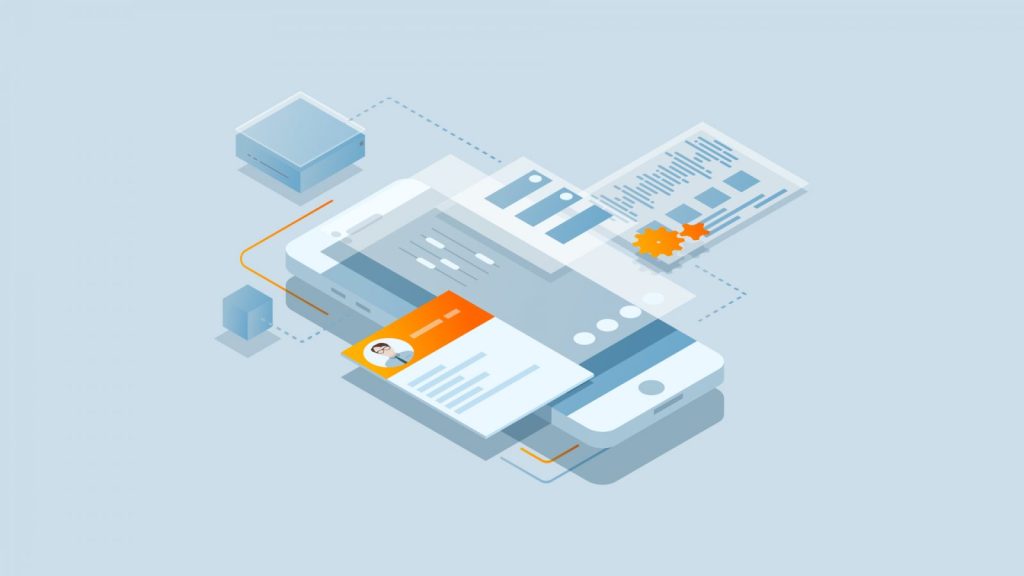In today’s digital age, the ubiquity of smartphones, tablets, and computers has undeniably revolutionized the way we access and exchange information. While this unprecedented connectivity offers immense convenience, it also exposes us to the ever-present threat of data breaches. As technology evolves, so too do the techniques used by cybercriminals. To fortify our data’s safety, understanding the significance of app shielding and document security is paramount.
The Rising Tide of Data Breaches
The digital realm is awash with sensitive data, ranging from personal identification details to corporate secrets. Hackers, with their cunning methods and ever-evolving tools, are perpetually on the prowl. Incidents of data breaches are on the rise, encompassing small startups, multinational corporations, and individuals alike. The cost of a data breach goes far beyond mere financial implications. It tarnishes a brand’s reputation and erodes the trust of customers and partners.
App Shielding: An Imperative Line of Defense
What is App Shielding?
App shielding is the practice of securing mobile applications at the code level. It involves employing various techniques to make it challenging for attackers to reverse-engineer or manipulate the application. The goal is to thwart unauthorized access and ensure that sensitive data remains impenetrable.
The Mechanics of App Shielding
At its core, app shielding deploys encryption, obfuscation, and runtime application self-protection (RASP) techniques. Encryption encases the app’s code, data, and communication in a cryptographic fortress. Obfuscation conceals the code’s logic, making reverse engineering a daunting task. RASP monitors the app’s behavior in real-time, identifying and mitigating threats.
Document Security: Safeguarding Information at Rest
The Essence of Document Security
While app shielding guards against external threats, document security focuses on protecting information within documents when they are at rest. This encompasses files stored on devices, in the cloud, or within an organization’s network. A comprehensive document security strategy addresses data leakage prevention, access control, and encryption.
Data Leakage Prevention (DLP)
DLP is a critical component of document security. It encompasses tools and policies designed to identify and prevent unauthorized access to sensitive information. By employing content inspection and context-aware rules, DLP solutions detect and thwart data leakage attempts.
Access Control
Access control is pivotal in document security. It dictates who can access, modify, or share documents within an organization. Granular control ensures that sensitive documents are only accessible by authorized personnel, reducing the risk of data exposure.
Encryption
Document encryption is the last line of defense. It involves scrambling the content of a document in a way that only authorized users with decryption keys can access it. This makes unauthorized access or data theft an arduous endeavor.
The Symbiotic Relationship
App shielding and document security complement each other in fortifying an organization’s data defense strategy. App shielding ensures that data accessed through applications remains secure during transit and usage, while document security ensures that the data within documents is safeguarded when at rest. Together, they form a robust armor against the relentless onslaught of cyber threats.
In an era where data is the lifeblood of businesses and personal lives, the significance of app shielding and document security cannot be overstated. The rising tide of data breaches necessitates proactive measures to safeguard sensitive information. By understanding and implementing these security measures, individuals and organizations can navigate the digital landscape with greater confidence, warding off costly data breach incidents and preserving their integrity in an interconnected world

